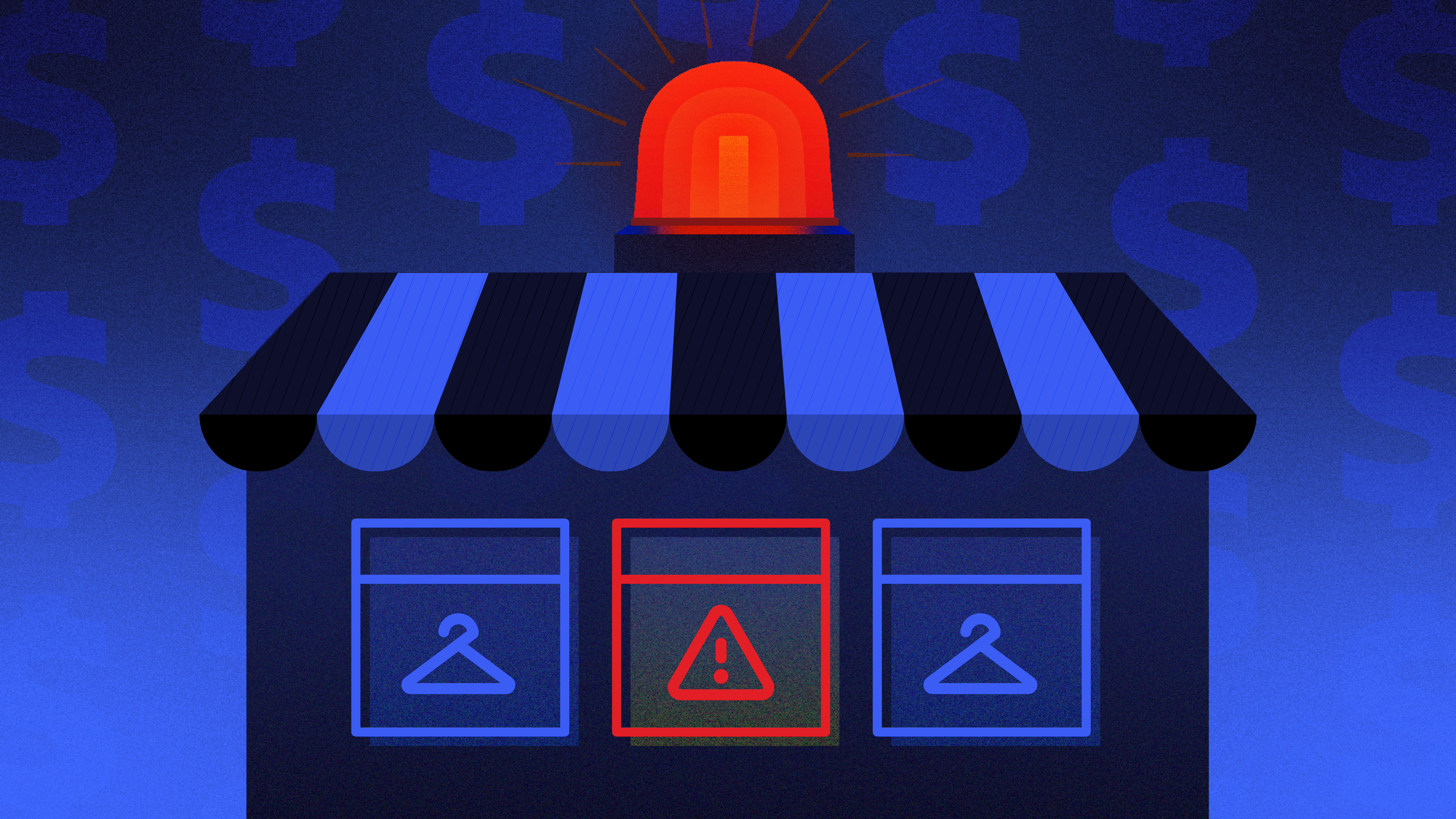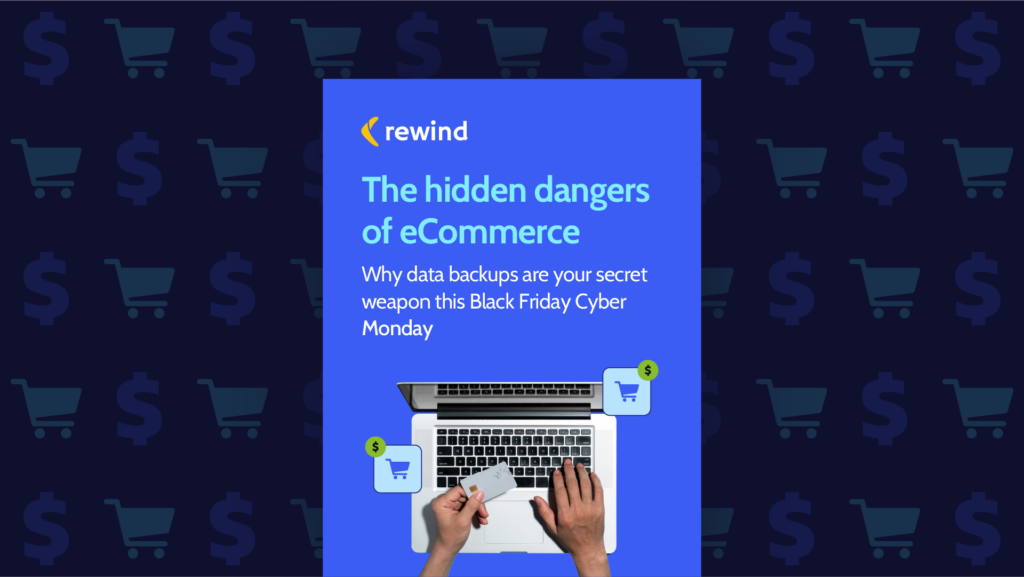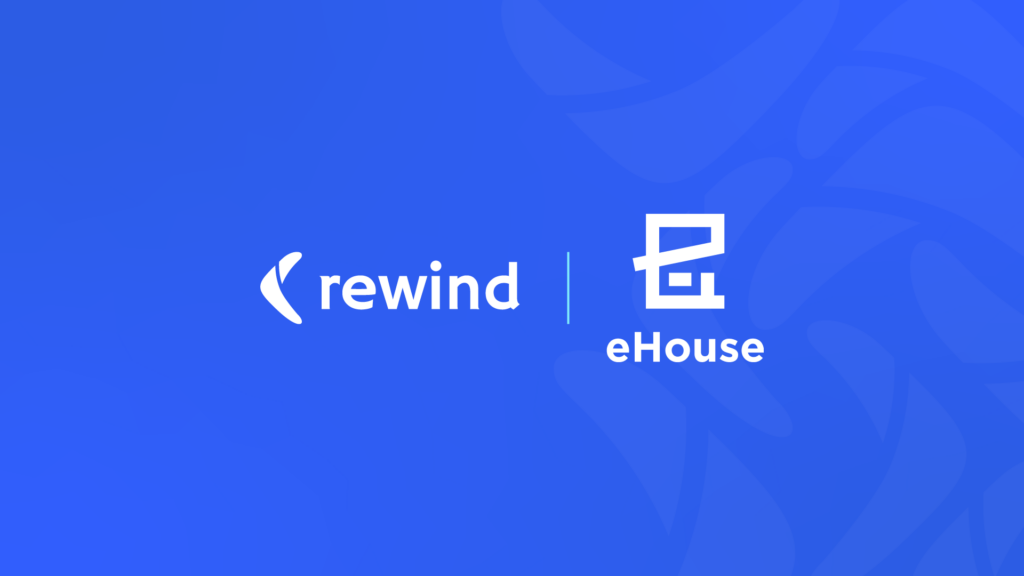FFWD
- BFCM is a huge ecommerce opportunity, with Shopify merchants processing $11.5 billion in sales last year.
- Being prepared for BFCM means defining offers, planning communications, setting budgets, and eliminating buyer friction.
- Data backup and tested recovery can mean the difference between cashing in and crashing out on BFCM.
Black Friday/Cyber Monday (BFCM) is the biggest weekend in ecommerce. Well-prepared merchants can cash in where ill-prepared merchants crash out.
Let’s make sure you’re in the first group, because there’s a lot at stake.
In 2024, Shopify merchants processed $11.5B over BFCM (+24% YoY), with sales hitting a peak of $4.6M/min. Over 76M shoppers stormed the virtual doors and checked out with an average cart of $108.56. Cross‑border orders totalled 16%, which means that BFCM is no longer just a North American thing.
BFCM is a major event in commerce, but it’s also the opening salvo of the greater holiday shopping season. According to Adobe, across November and December 2024, U.S. shoppers spent $241.4B online (+8.7% YoY) with mobile driving 54.5% of all purchases. Food for thought: last year “buy now, pay later” schemes accounted for nearly 7.5% ($18.2B) of total online holiday sales.
So BFCM is a huge opportunity for ecommerce merchants, and it’s just the beginning.
Having a game plan for BFCM is important. We’ll talk about what you need to do to get ready to cash in.
Why preparation matters
During the 2025 BFCM weekend, online shoppers will open their browsers, check their email, and browse social platforms in a buying frame of mind. At the same time, everyone with something to sell will be vying for their attention.
Being prepared for BFCM 2025 means:
- Technical stability: Have the systems and supports in place to deal with surging traffic. Have a solid disaster recovery strategy; you need a backup plan.
- Clear, considered offers and discounts: Give your VIPs and new customers reasons to buy without killing your margins.
- A communications strategy: Know what you want to say, to which segment, and when. Queue up your comms.
- A promotions budget: Plan your ad buys and other promotions in advance to prevent overspending amid rising ad costs.
- A great customer experience: Make it easy for customers. Eliminate friction from the buying process, offer flexible and easy payment options, and ensure a great user experience from beginning to end.
Choose your BFCM ecommerce strategy
There is no one-size-fits-all BFCM ecommerce strategy. The right plan for your store considers your vertical, your niche, your brand, your size, your customers, and many other factors. That said, here is a non-exhaustive list of BFCM promos and behavior-driving tactics to consider:
- Go big on a few hero products: Highlight signature items with sharp discounts to drive awareness and margin.
- VIP or early-access deals: Reward loyalty and create urgency, reducing promotional weariness.
- Store-wide discounts: Appealing for simplicity—especially when paired with tiers (e.g., “20% off $100+”).
- Bundles and gift sets: Lift average order value with bundles or BOGO deals, especially in categories like apparel, beauty, and home goods.
- Flash sales: Run short, timed promos to drive FOMO and to build some urgency around your offers.
- Reward loyalty: Instead of just discounts, offer loyalty points multipliers (e.g., 5x points during BFCM). This builds long-term value beyond one transaction.
- Free gift with purchase: Offer a low-cost but high perceived value item to incent buyers.
- Gamification: Invite shoppers to spin the wheel, scratch the card, or unlock a free mystery gift when spending a given amount.
Think about your own customer base, cost of goods sold (COGS), customer acquisition costs (CAC), promo margins, etc. to craft a strategy that gives customers a killer deal without compromising on profitability.
Clean your lists
Attention is in high demand during BFCM. A little list maintenance now gives you a better chance of being seen on the big day.
- Sunset the unengaged (or move them to a lighter cadence) to protect sender reputation.
- Segment early (VIPs, cart abandoners, seasonal shoppers, “almost buyers”). Shopify’s BFCM segmentation guides outline high‑ROI slices to prioritize.
- Warm the list with valuable emails before go‑live. Consider opening up VIP access early, before general availability.
Meet people where they are
Don’t let anything get in between shoppers and the sale.
- Mobile UX first: With 54.5% of holiday purchases happening on mobile devices, it pays to consider small screen shoppers. Test your mobile experience and fix anything that requires pinching, zooming, or guessing.
- Consider installment payment options: Buy now, pay later (BNPL) drove $18.2B last holiday season; Cyber Monday BNPL set a single‑day record of $991.2M. If your average order value or category would benefit from BNPL, enable it and communicate it.
- Speed, search, and checkout: Scrutinize your store’s buying experience. Test everything. Count the number of clicks. Don’t let friction get in the way of the sale.
Prepare your promotion mechanics
- Test everything: Create and QA discounts and codes early. Set and test coupon stacking rules, exclusions, shipping thresholds, etc. If there’s a loophole or other mistake, you want to find it before your customers do.
- Social queues: Plan and schedule your social, email, and other communications in advance.
- Inventory rules: don’t over‑discount fragile stock positions; pre‑tag substitutes for quick swaps.
- Ad pacing: plan ads for impact and consider peaks. Merchants in r/ecommerce, r/shopify, and elsewhere advise throttling the ad budget early on to avoid “spent by 8am” syndrome.
Back up your store (before you need a backup)
Under the Shared Responsibility Model for SaaS data, your data is your responsibility. That includes every product, description, image, and so on in your Shopify store.
Accidents, errors, and even attacks happen. And on BFCM especially, they can be very costly.
Having a backup of your store means having data to fall back on in the event of an accidental deletion, third-party app error, bad import, or other data disaster.
Test recovery (before you need to recover data)
Test your recovery strategy before BFCM so you’re confident you can recover from anything on the big day. This can be as simple as creating a test product or category, deleting it, then going through the steps to bring it back.
Rewind is a backup and recovery tool for Shopify and other platforms. With Rewind installed, your store benefits from automated daily backups and quick, seamless restores. If something goes wrong, it won’t cost you your BFCM weekend.
Here’s how to restore deleted data or roll back your Shopify store with Rewind.
BFCM readiness: the bottom line
A compelling BFCM ecommerce strategy starts with understanding the scale of the opportunity and then doing everything you can to be ready to meet it head-on. Let your customers know what to expect, plan your promotions and communications well in advance, tailor offers to deliver value without sacrificing margin, and make sure you have a tested disaster recovery strategy in place so you don’t get left out on the busiest shopping weekend of the year.
Back up your Shopify store
Don’t leave anything to chance on BFCM. Back up critical data in your Shopify store so you can sell with confidence and hit your BFCM revenue goals.

 Rewind">
Rewind">


